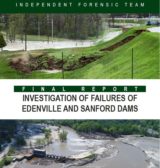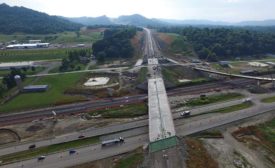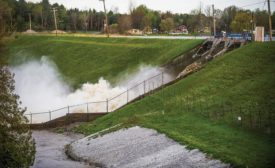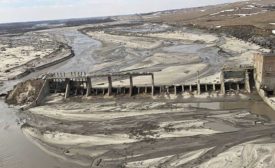Home » Keywords: » dams
Items Tagged with 'dams'
ARTICLES
Water
Report: Michigan Dam Collapses Caused by Rapid Liquefaction of Embankment
The May 2020 failures of the Edenville and Sanford Dams were caused by heavy rain combining with sandy berms
Read More
Investigations
Michigan Dam Failures Caused by Rapid Liquefaction of Downstream Sand Embankments
2020 Failures do not initially look as if FERC, Boyce Hydro dispute over maintenance was a factor
Read More
Technology
Bentley's OpenTower iQ Automates the Creation of Digital Twins for Telecom Tower Design
CEO Greg Bentley says importance of digital twins for telecom, water and energy infrastructure will grow
Read More
Infrastructure
ASCE Gives Ohio Infrastructure a C-; Rail Gets High Marks While Levees, Roads, Transit Lag
The state's grades range from a B to a D across 16 categories
Read More
Water
Federal Regulator Cited Failed Michigan Dam Multiple Times
Owner Said Odds of Failure Were Five to 10 in 1 Million
Read More
Spencer Dam Failure Report: Utilities, Owners Must Prepare for Ice Runs
Colder weather, more rain factored in buildup of ice that doomed Northeast Nebraska Dam and Killed a Resident
Read More
Owner of the Year
U.S. Army Corps of Engineers Midwest Divisions Named ENR Midwest's Owner of the Year
Agency's Northwest, Mississippi Valley and Ohio and Great Lakes Region Tested by Heavy Rains, Flooding
February 4, 2020
Water Projects
MWH Awarded $11.9M Contract for Chimney Hollow Reservoir
September 22, 2016
The latest news and information
#1 Source for Construction News, Data, Rankings, Analysis, and Commentary
JOIN ENR UNLIMITEDCopyright ©2024. All Rights Reserved BNP Media.
Design, CMS, Hosting & Web Development :: ePublishing










